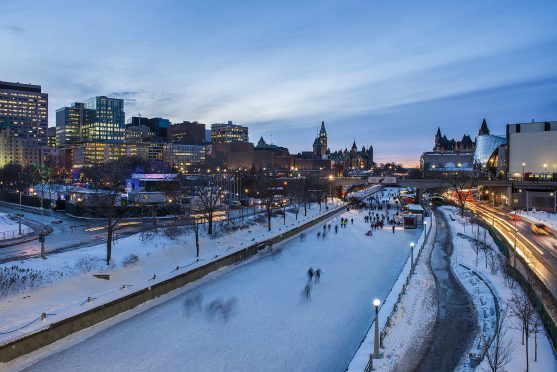Thinking of heading to Canada this year? Jamie McKenzie suggests you make Ottawa – the capital city on the cusp of becoming a modern day metropolis – your number one choice
I would bet all of the maple syrup in Canada that very few of us Brits know much about its capital city.
Neither did Queen Victoria when she decided on Ottawa in 1857. Historical records suggest she picked it out of obscurity for being the only settlement of any size in mainly English-speaking Ontario to border neighbouring French-speaking Quebec, as a lingual compromise.
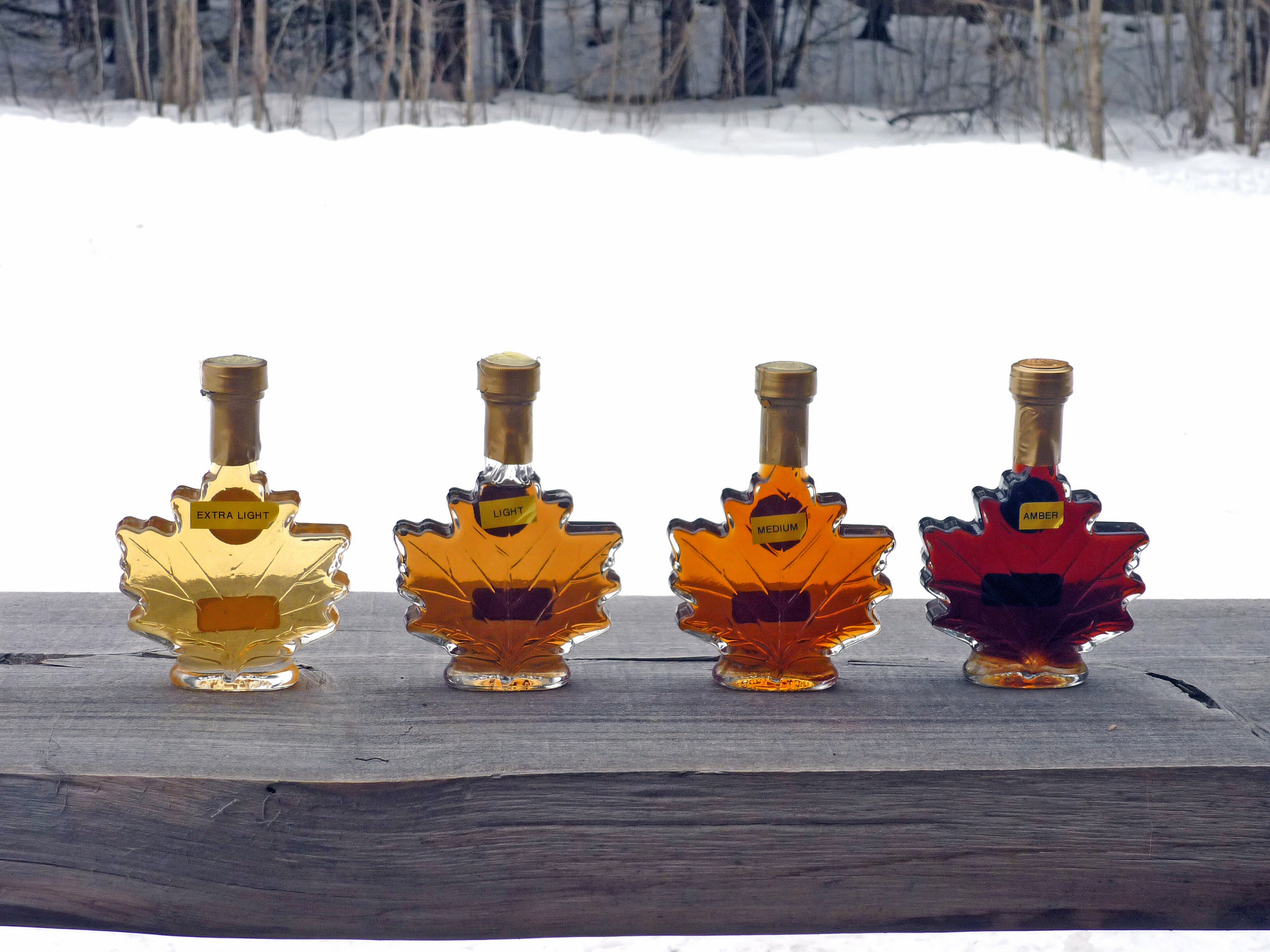
Today, it boasts a metropolitan population of 1.3 million and is the nation’s political engine room, with about 125,000 of its residents employed in the federal government. Another 60,000 or so are employed by 1,700 tech firms ranging from digital media and life sciences to clean technology and aerospace.
But locals I meet tell me their city’s image is changing. They say it’s becoming a modern day metropolis defined by distinct neighbourhoods and a growing number of high-end restaurants and trendy nightspots. After spending five days there, I’d say they’re right.
And in a fitting tribute to this cultural boom, the capital will be throwing a huge party throughout 2017 to mark Canada’s 150th anniversary as a confederate nation.
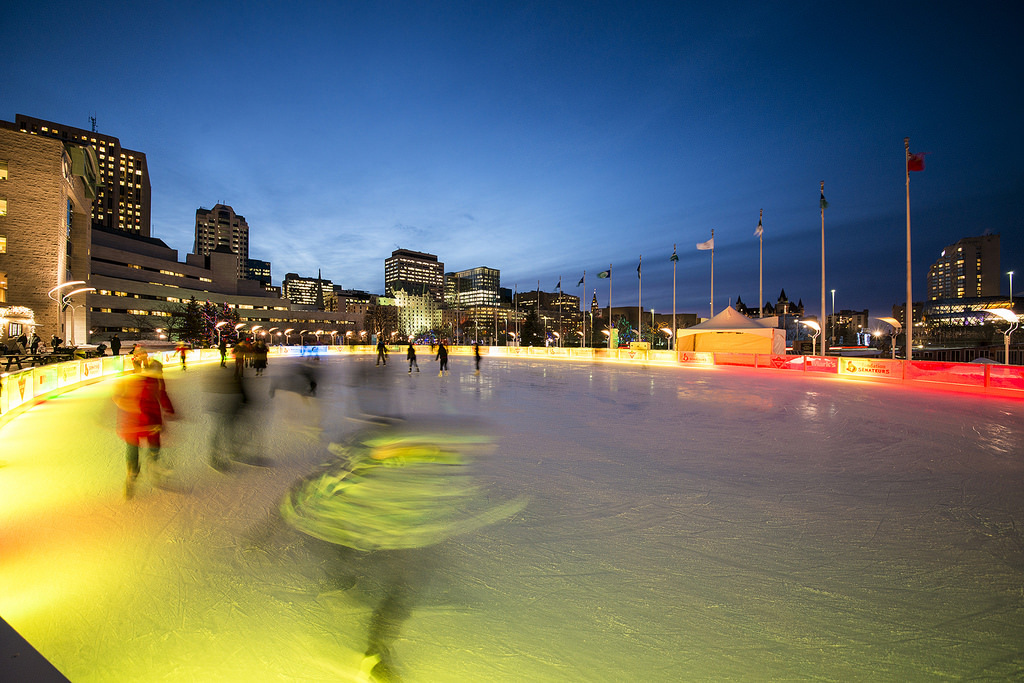
Among the offerings is a summertime performance from one of the world’s biggest rock bands, Guns n’ Roses, a giant picnic on the city’s Alexandra Bridge and throughout the year a series of 17 epic stunts and gatherings in the capital, including a yoga session on a floating barge with a live orchestra and a city centre rooftop movie.
In March the final leg of the downhill speed-skating Red Bull Crashed Ice world championships will be held in Ottawa for the first time on a track built on the locks of the Rideau Canal, a 125-mile waterway and UNESCO heritage site which links Lake Ontario to the Ottawa River. It is hoped the event – which pits four athletes at a time racing down a track with hairpin curves and vertical drops – can become a regular annual fixture for the city.
Ottawa grew up around the canal which was built in 1826 by Englishman Colonel John By and his detachment of Royal Engineers. He built himself a house and headquarters and a settlement flourished through the timber trade which was named Bytown.
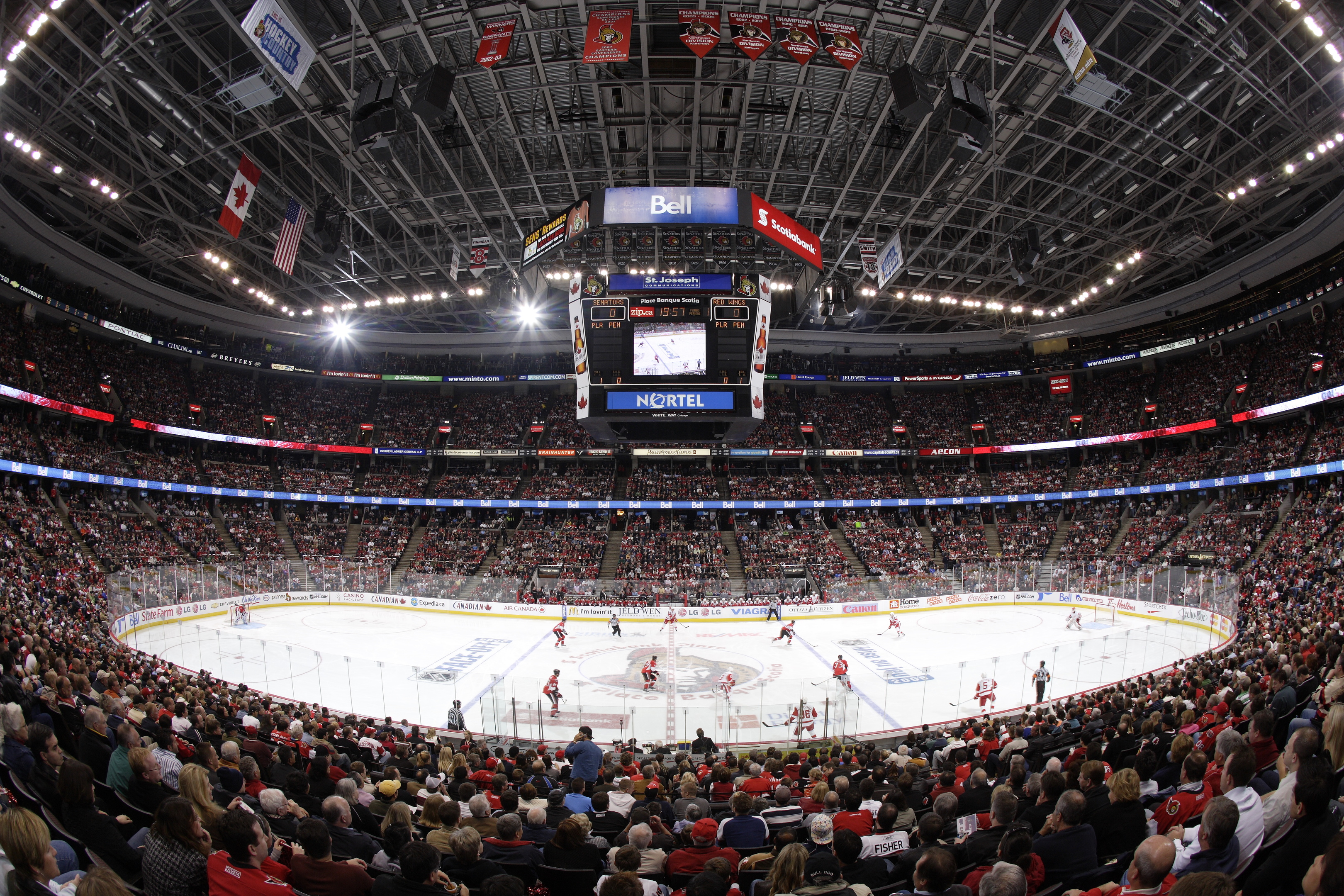
Taverns, brothels and gambling joints sprouted to the east of the canal which was occupied mainly by Irish and French labourers. West of the canal was seen as more salubrious and housed mainly English and Scottish protestants. The area was renamed Ottawa in 1855.
When my fellow traveller and I arrive we take a taxi to the city centre and the canal soon comes into sight. Our driver tells us that city workers, school kids and tourists skate on a 4.8-mile stretch of it throughout January and February when it freezes over. Along the way, they stop off to chomp on ‘beavertails’, which are not of the furry animal kind but an Ottawa pastry sweet or savoury delicacy often fried with sugar or cinnamon, or spread with maple butter.
Observing through the cab window, there’s a sleepy feel about the place as pedestrians stroll rather than steam ahead and traffic glides along freely. But in a twist at dinner we learn that Ottawa will be opening a new multi-billion pound, high-frequency light rail line in May next year to alleviate rush hour congestion.
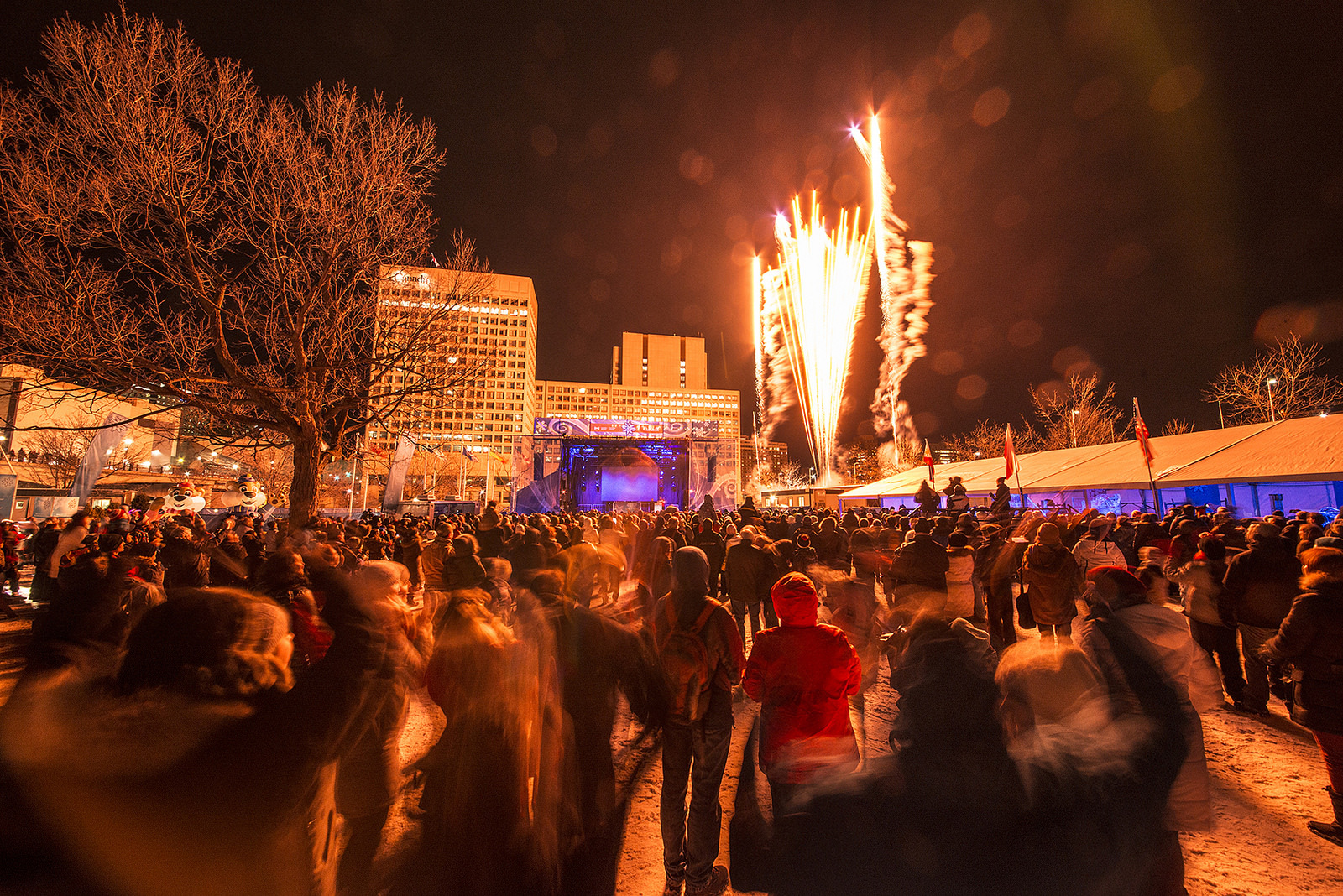
Crossing the canal we pass the TD Place Stadium, home to the 2016 Grey Cup-winning Ottawa Redblacks Canadian football team. The other major sporting venue is the Canadian Tire Centre, where the Ottawa Senators battle it out in the National Hockey League.
More than 250 outdoor community rinks are used in Ottawa during the winter, which means it’s sacrilege to go there and not watch the national sport. Our treat was a Saturday night home match against the Florida Panthers, which the ‘Sens’ won 2-0.
The experience is like nothing back home: you can opt for table service and an endless supply of food and drink, and there’s an upstairs bar which overlooks the stadium to soak up a beverage and the entertainment during the two intervals.
When it comes to dining in the city head straight for The Belmont, a small and dimly lit bistro in the city’s Bank Street area which serves food with incredible flavour. There, we ate steamed and pork-filled Chinese dumplings with soy vinegar followed by an abundance of prawns and mussels, then a Reuben steak tartare composed of sauerkraut, pickles, gruyere cheese and a spicy Russian dressing.
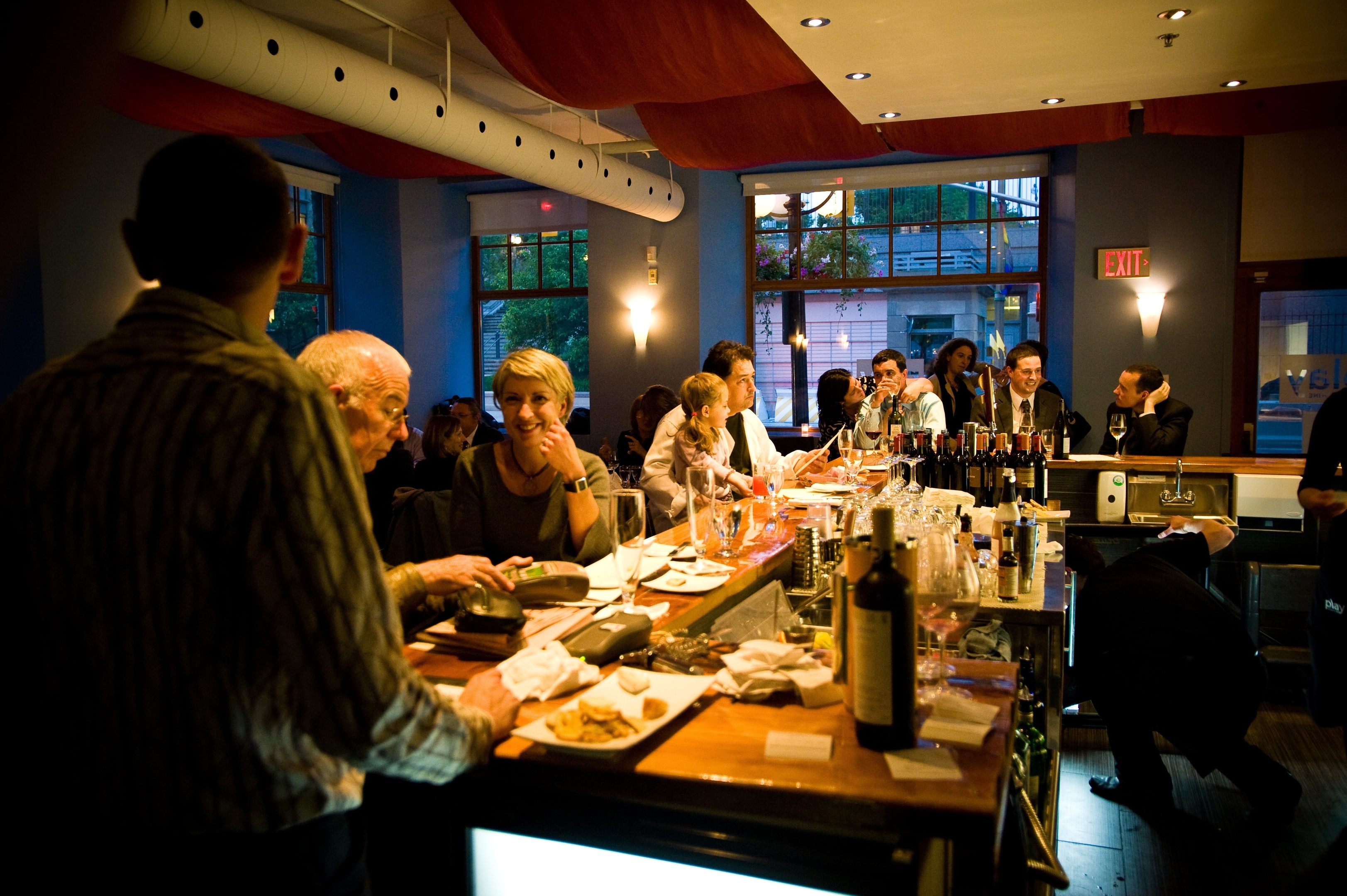
This preceded an unforgettable Cornish hen brined for a day in maple syrup and lemon zest and coated in smoked paprika. We also ate a slow-roasted cauliflower coated in truffle oil with hollandaise sauce – a dish in its own right.
Play Food & Wine in the ByWard Market area is another good choice despite the ambitious flavour combinations. It’s also worth trying the house special grilled steak with mushrooms, fries and aioli, and if you’ve a sweet tooth don’t miss the velvety chocolate pate with vanilla ice cream.
For a more contemporary feel of fusion cooking visit the nearby Sidedoor Restaurant. There, we ate spicy braised beef and bajan crispy fish tacos followed by a bundle of beautifully cooked Vietnamese salt and pepper calamari. The tuna sashimi is a must. It’s freshness goes well with a sweet marmalade made from Japan’s yuzu fruit, some gingered jalapeno, black radish and pickled mustard seeds. You can also order fillet steak.
The most popular area for hotels, restaurants, nightspots, boutiques and galleries in Ottawa is the famed ByWard market area, which is one of Canada’s oldest farmer’s markets. It’s home to more than 120 places to eat and drink and, in the height of summer, up to 175 outdoor stalls sell fruit and vegetables, arts and crafts and plants and flowers.
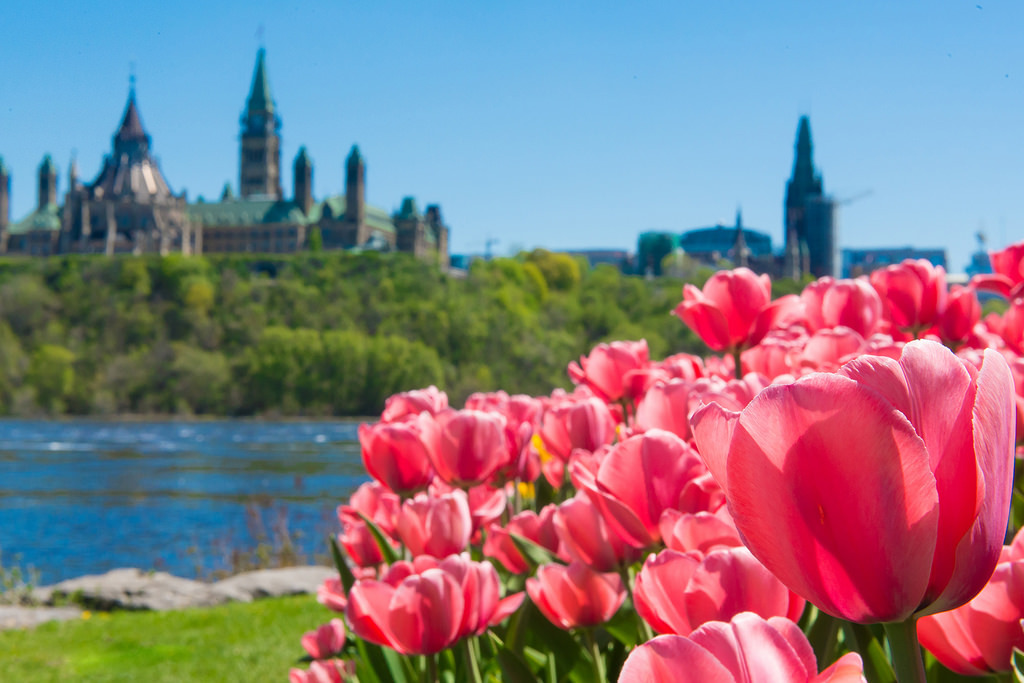
And in May, the 65th edition of the Canadian tulip festival will transform the city into an oasis of colour, with more than one million tulips in 50 varieties blossoming in public places.
Yet there are many more neighbourhoods worth visiting. Try Elgin Street, where you’ll find the 24-hour Elgin Street Diner in among several pubs and eateries. It’s well known for serving a Canadian classic, Poutine, which is a mix of fries, gravy and cheese curds – a truly satisfying meal on a winter’s day.
After that it’s worth walking north towards Wellington Street West, an up and coming part of the city for independently run businesses which cater to food and drink lovers.
There’s also a booming craft beer scene and a plethora of microbreweries, brewpubs and tours which can be arranged through the Ottawa Tourism website. The Brew Donkey Rideau Rally Tour is a fun experience and involves stopping off to sample beer at five microbreweries across the city in between a tour-guided drive on a bumpy yellow school bus.
Culturally Ottawa is thriving, but the defining part of the city remains its mightily impressive political centre, Parliament Hill, built between 1859 and 1927 and overlooking the Ottawa River to its sister city of Gatineau in Quebec.
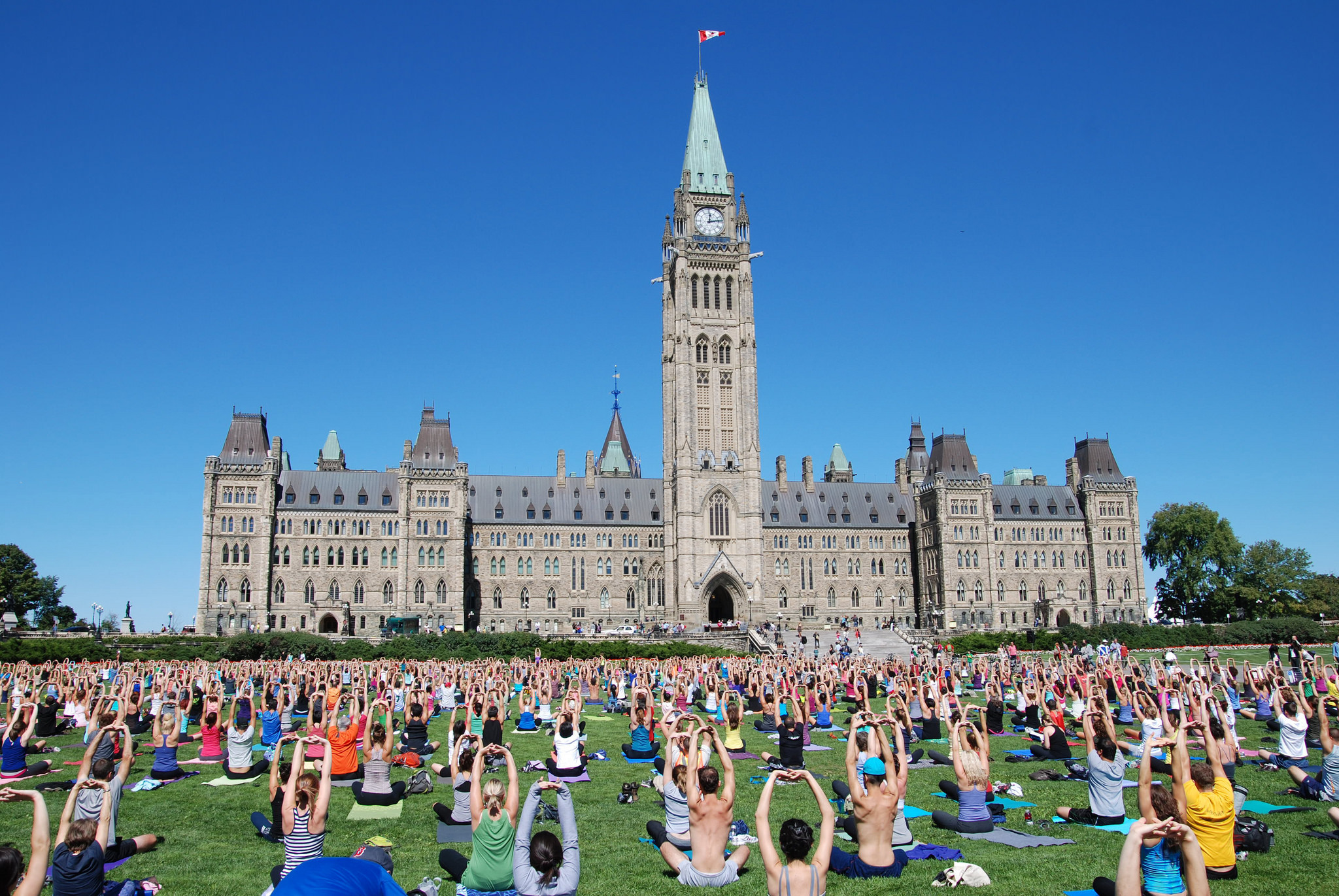
You’ll also be able to take a tour up the 300ft high peace tower which was built to commemorate Canadians who died during World War I. Indeed, the fascinating Canadian war museum is located nearby on Wellington Street. It’s full of little known facts about Canada’s military history and perhaps, most interestingly, their efforts in World War I and II.
A defining point was Canada’s first great victory in the World War I battle of Vimy, northern France, which many considered to be the moment Canada left Britain’s shadow and became a country in its own right.
There’s also plenty to do outdoors during Ottawa’s harsh winters and contrasting hot and humid summers. Skiing is popular in Gatineau Park, which offers a range of beginner-friendly and challenging cross-country ski trails to downhill ski centres, and there are several other nearby ski centres and resorts.
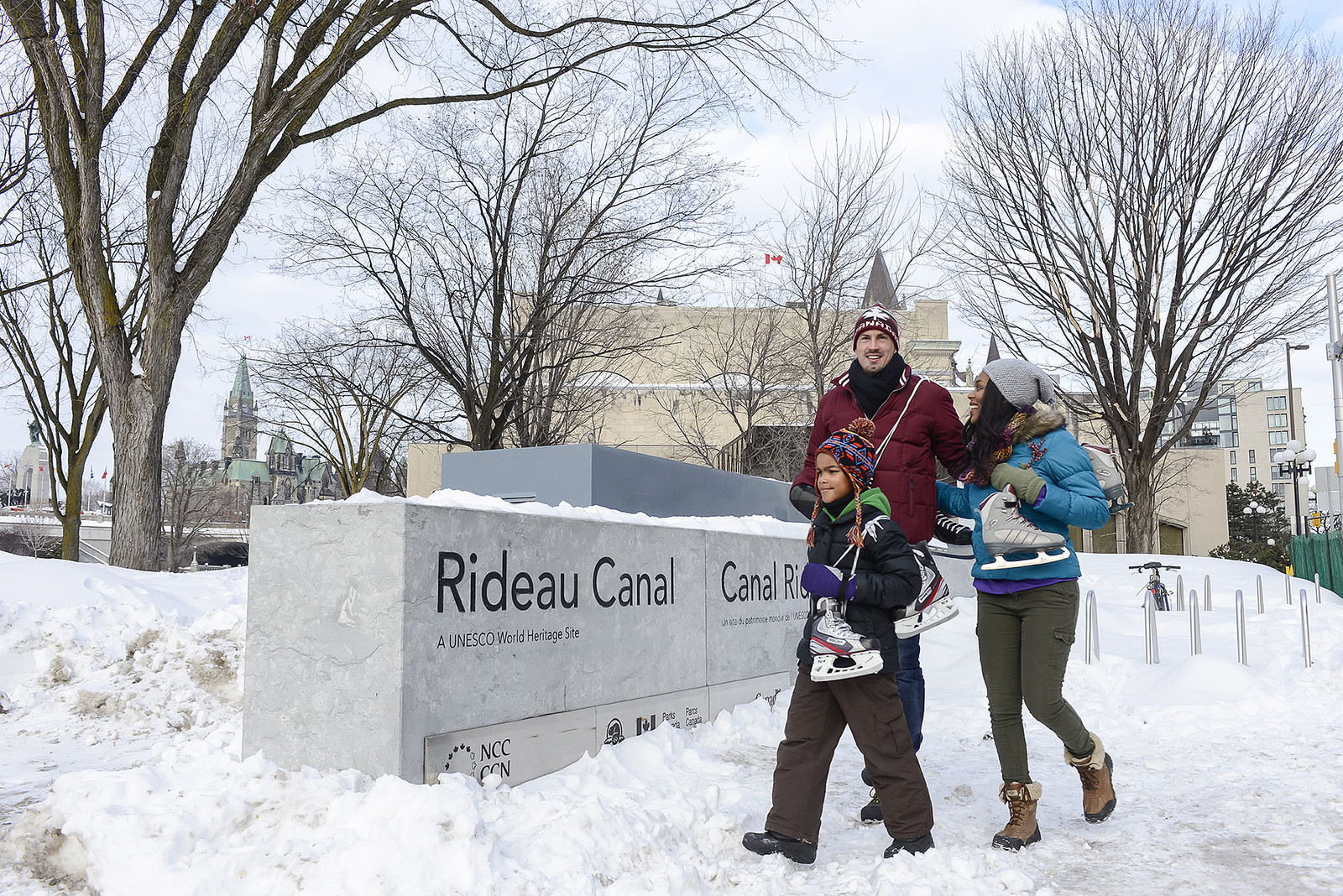
In the summertime, take advantage of Ottawa’s 20,000 acres of greenbelt for activities such as walking and biking, or kayaking in the Ottawa River at Petrie Island.
Undoubtedly, Ottawa remains a capital city of relative obscurity outside of Canada, but what it’s now offering suggests it shouldn’t be. It’s not Toronto, Montreal or Vancouver – but that’s exactly why you should go.
What’s more, Ottawans aren’t used to us Brits visiting their city. Seldom will they fail to ask you with genuine interest about where you’ve come from, if you’re enjoying yourself, or give advice on where to visit. They really are a friendly bunch.
